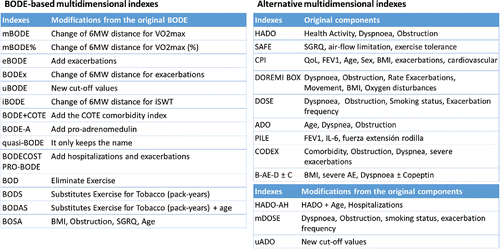Figures & data
Figure 1. Distribution of the CAT score among the different modified GOLD 2011 classification. Reproduced from Lopez-Campos et al. Citation(17). © 2015 Lopez-Campos et al. This figure is published by Dove Medical Press Limited, and licensed under Creative Commons Attribution – Non- Commercial (unported, v3.0) License. The full terms of the License are available at http://creativecommons.org/licenses/by-nc/3.0/. Noncommercial uses of the work are permitted without any further permission from Dove Medical Press Limited, provided the work is properly attributed. Permissions beyond the scope of the License are administered by Dove Medical Press Limited. Information on how to request permission may be found at: http://www.dovepress.com/permissions.php.
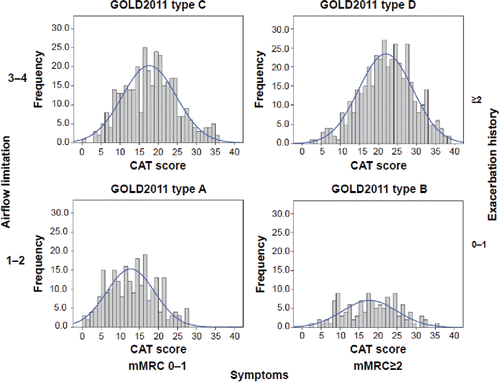
Figure 2. Exemplification of different COPD cases with a similar functional impairment but different radiological expression. (A) Patient with predominantly airway disease; (B) patient with centrilobular emphysema; and (C) patient with panlobular empysema. Open arrows indicate the most typical and suggestive lesion of the three different diseases. By courtesy of Claudio Tantucci, 2015. Respiratory Medicine Unit, Department of Clinical and Experimental Sciences, University of Brescia, Brescia, Italy.
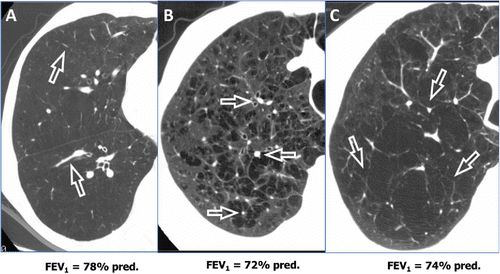
Figure 3. Relationship between the severity of airflow limitation and breathlessness as assessed by the mMRC questionnaire (panel A), exercise capacity as assessed by the 6 MWD (panel B), reported exacerbations in the year before inclusion in the study (panel C), and health status as assessed by SGRQ-C (panel D). Reproduced from Agustí et al. Citation(23). © 2010 Agusti et al.; licensee BioMed Central Ltd. This is an Open Access figure distributed under the terms of the Creative Commons Attribution License (http://creativecommons.org/licenses/by/2.0), which permits unrestricted use, distribution, and reproduction in any medium, provided the original work is properly cited.
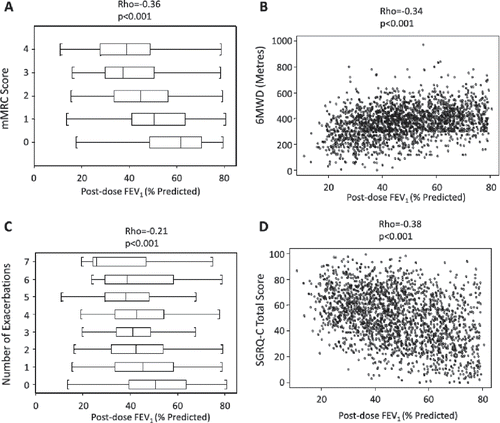
Table 1. Strengths and weaknesses of the use of independent variables for the stratification of patients with COPD, both as a general concept and in the GOLD proposal.
Figure 5. Different definitions of asthma-COPD overlap syndrome according to different guidelines. GesEPOC, Spanish COPD Guidelines; CPPS, Czech Pneumological and Pathophysiological Society; FMS, Finnish Medical Society Duodecim; GOLD/GINA, Global Initiative for Chronic Obstructive Lung Disease/Global Initiative for Asthma; GEMA4.0, Spanish Guideline for Asthma Management 4.0. Adapted from Citation(81).
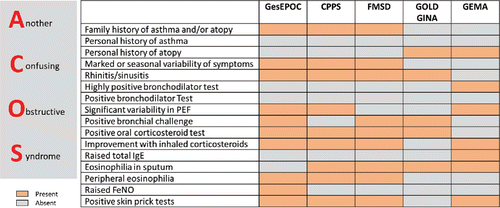
Figure 6. GesEPOC 2017 stratification proposal. LAMA: long-acting muscarinic antagonist. LABA: long-acting β2 agonist; ICS: inhaled corticosteroids. Reproduced with permission from Miravitlles et al.; GesEPOC. Arch Bronconeumol 2017 Citation(76). Copyright material is from the Spanish Society of Pulmonology and Surgery Thoracic (SEPAR).

Table 2. Strengths and weaknesses of the use of clinical phenotypes for the stratification of patients with COPD, both as a general concept and in the GesEPOC proposal.

